In the fast-paced, high-stakes business world, employee rewards have become a critical element for fostering a productive and engaged workforce.
Understanding the nuances of employee rewards and recognition is vital for any organization striving to motivate its employees and encourage exceptional performance.

How SwagMagic can help your brand?
- Bulk Buy & Save on your gifts!
- Curate Customized Swag Boxes!
- Launch Your Store for your employees!
- Secure Swag Storage with us!
This comprehensive guide delves into the realm of employee rewards, focusing on their psychology, theoretical underpinnings, practical application, and their impact on employee performance.
Reward Motivation Psychology
The concept of reward motivation psychology is rooted in the idea that rewards can significantly influence an individual’s behavior.
It posits that actions followed by positive outcomes are likely to be repeated in the future, given that they yield desirable results. Thus, in the context of an organization, when employees associate their hard work, creativity, or initiative with rewards, they are more likely to replicate such behavior.
Intrinsic rewards, such as personal satisfaction and professional growth, and extrinsic rewards, such as bonuses and promotions, can both play a significant role in motivating employees. Striking the right balance between these two types of rewards is vital for maximizing motivation and productivity among employees.
Reward And Motivation Theory
Reward and motivation theory is an integral part of organizational psychology. The most prominent theories in this domain include Maslow’s Hierarchy of Needs, Herzberg’s Two-Factor Theory, and the Expectancy Theory.
Curate the perfect box of handpicked gift they’ll love and send joy their way
- Maslow’s Hierarchy of Needs- Maslow’s Hierarchy of Needs states that employees have five levels of needs (physiological, safety, social, esteem, and self-actualization), and as each need is satisfied, the next becomes more significant. Therefore, rewards should be tailored to address these needs
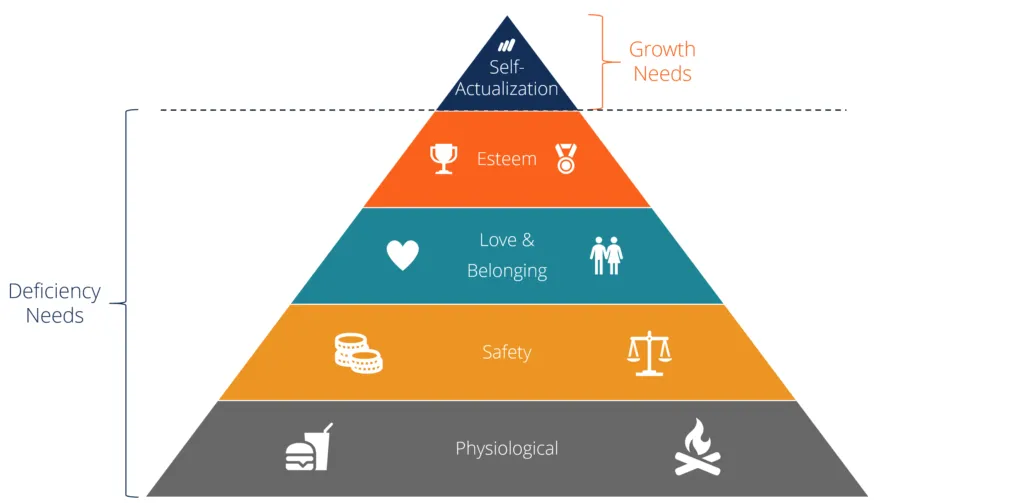
- Herzberg’s Two-Factor Theory- Herzberg’s Two-Factor Theory, on the other hand, distinguishes between factors that cause job satisfaction (motivators, e.g., challenging work, recognition, responsibility) and those that prevent job dissatisfaction (hygiene factors, e.g., company policy, supervision, salary). Hence, an effective reward system should encompass both motivators and hygiene factors.
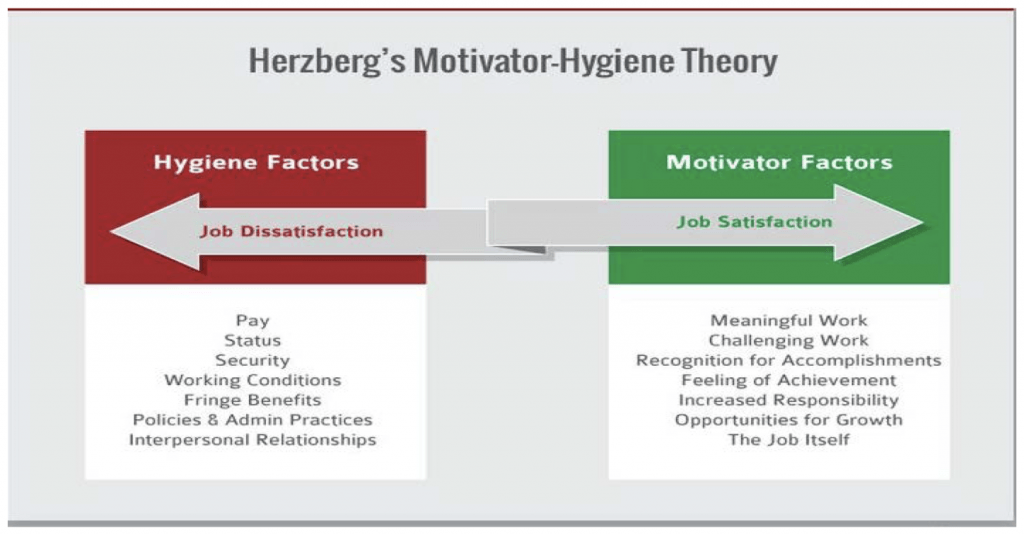
- Expectancy Theory- Finally, the Expectancy Theory posits that employees will be motivated if they believe that their efforts will lead to good performance, that good performance will be rewarded, and that they will find the reward value.

Reward And Recognition In The Workplace
Implementing a robust motivation and reward system in an organization can significantly improve the overall workplace environment and boost employee productivity.
A well-designed reward and recognition program can demonstrate a appreciation of its employees for the hard work and achievements.
When announcing rewards and recognition in the workplace, it’s essential to be transparent, specific, and timely. Clear communication about the criteria for rewards fosters a sense of fairness, while specificity helps employees understand what behaviors are encouraged.

Additionally, immediate recognition ensures that the positive impact of rewards is not diluted over time.
The employee recognition program policy should be designed to cater to the diverse needs and preferences of the employees, promoting inclusivity and fairness.
Rewards As A Motivation Tool For Employee Performance
Rewards can serve as a potent motivation tool for enhancing employee performance. Reward-based motivation examples include performance bonuses, promotions, employee-of-the-month awards, or even simple verbal recognition.
These rewards not only acknowledge employees’ achievements but also encourage them to maintain and improve their performance.
Reward-based motivation can also foster a competitive environment, spurring employees to outperform their peers. However, it’s crucial to ensure that competition remains healthy and doesn’t lead to a toxic workplace culture.
Reasons For Rewarding Employees
There are several reasons for rewarding employees.
- Firstly, rewards acknowledge employees’ hard work and dedication, making them feel valued and appreciated.
- Secondly, rewards serve as a powerful motivation tool, encouraging employees to strive for excellence.
- Thirdly, rewarding employees can improve job satisfaction.
Rewards and Recognition Programs
Effective rewards and recognition programs play a vital role in fostering a positive work culture and boosting employee morale. However, launching a program is only half the battle. To ensure its success, you need to master the art of communicating the rewards and recognition program to your employees.
Let’s delve into the importance of effective communication and provide practical tips on how to communicate your rewards and recognition program for maximum impact.
Understanding the Importance of Communication in Rewards and Recognition Programs
- Highlighting the link between effective communication and program success.
- Exploring the benefits of transparent and consistent communication.
- Discussing the role of communication in creating awareness and generating enthusiasm.
Crafting a Communication Strategy for Your Rewards and Recognition Program
- Identifying your target audience and understanding their communication preferences.
- Establishing clear program objectives and aligning your communication strategy accordingly.
- Choosing the right channels and mediums for effective communication.
Building Awareness and Excitement
- Crafting compelling messages that resonate with your employees.
- Utilizing various communication channels such as emails, newsletters, and company intranet.
- Creating visually appealing materials to promote the program.
Ensuring Transparency and Clarity
- Sharing program guidelines, criteria, and eligibility requirements upfront.
- Providing examples of exceptional performance or behaviors that align with the program.
- Clarifying the evaluation process and how rewards will be determined.
Ongoing Communication and Reinforcement
- Implementing regular updates and reminders to keep the program top of mind.
- Sharing success stories and recognizing outstanding achievements publicly.
- Encouraging open feedback and suggestions for program improvement.
Training and Support for Managers
- Educating managers on the program’s purpose, benefits, and mechanics.
- Equipping managers with effective communication skills to deliver program messages.
- Offering resources and support to help managers recognize and reward employees appropriately.
Evaluating and Adjusting Your Communication Strategy
- Monitoring the effectiveness of your communication efforts.
- Collecting feedback from employees and managers to identify areas for improvement.
- Making necessary adjustments to ensure ongoing engagement and program success.
A well-designed rewards and recognition program can significantly contribute to employee satisfaction and engagement. However, without effective communication, its potential impact may be diminished. By following the strategies and tips outlined in this blog post, you can enhance your communication efforts and maximize the success of your rewards and recognition program. Remember, clear, transparent, and consistent communication is the key to fostering a culture of appreciation and motivating your employees to excel.
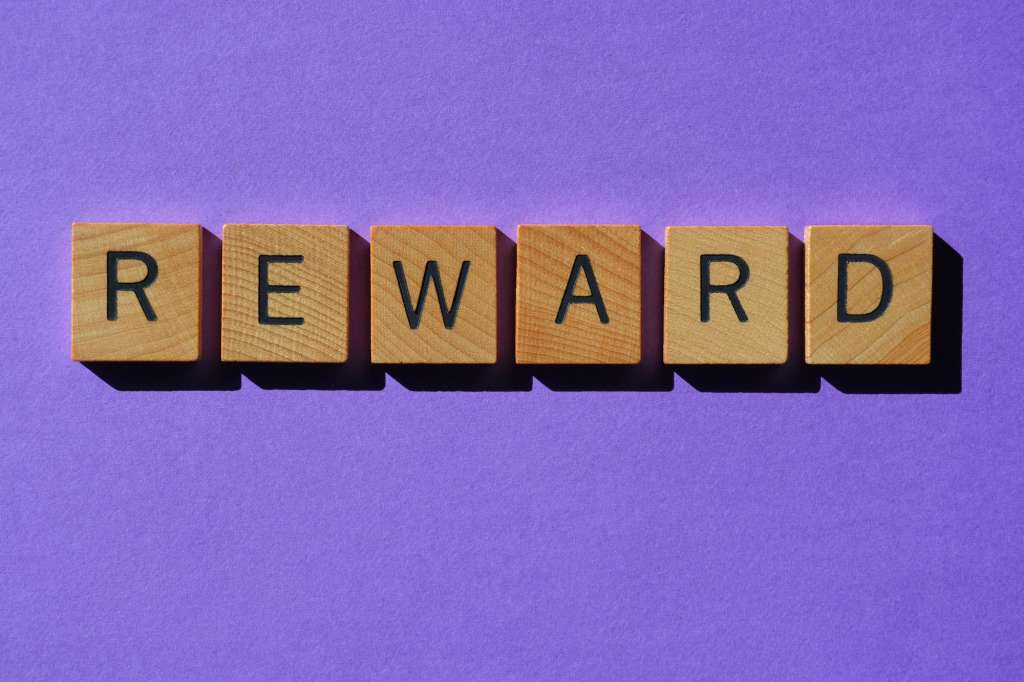
Rewards Ideas For Employees To Motivate
Employee rewards can be both monetary and non-monetary. While monetary rewards, such as bonuses and raises, are powerful motivators, non-monetary rewards can also significantly impact employee motivation and satisfaction.
Recognition and Appreciation
- Personalized thank-you notes or letters highlighting specific achievements.
- Public recognition during team meetings or company-wide announcements.
- Employee spotlights on the company’s intranet or newsletter.
Professional Development Opportunities
- Sponsorship for conferences, workshops, or industry events.
- Funding for professional certifications or courses.
- One-on-one coaching or mentoring sessions with senior leaders.
Flexible Work Arrangements
- Allowing employees to work remotely or have flexible working hours.
- Offering compressed workweeks or alternative schedules.
- Implementing a results-driven work culture that focuses on outcomes rather than strict hours.
Additional Time Off
- Extra vacation days or a “work-free” day for exceptional performance.
- Extended weekends or long weekends as a reward for meeting targets.
- Sabbatical leave or extended time off for long-serving employees.
Monetary Rewards
- Performance-based bonuses or profit-sharing programs.
- Gift cards to popular retailers, restaurants, or online platforms.
- Cash rewards or monetary incentives for achieving significant milestones or targets.
Wellness Initiatives
- Subsidized gym memberships or wellness program enrollment.
- On-site yoga or fitness classes during work hours.
- Employee assistance programs offering counseling or mental health support.
Team-Building Activities
- Organizing off-site team-building retreats or workshops.
- Team lunches or dinners at a local restaurant.
- Fun and engaging team-building games or activities during work hours.
Personalized Gifts
- Customized company-branded merchandise such as clothing or accessories.
- Engraved plaques or trophies to commemorate achievements.
- Personalized gifts tailored to each employee’s interests or hobbies.
Special Projects or Assignments
- Allowing employees to take on challenging projects or initiatives of interest.
- Providing opportunities for cross-functional collaboration or departmental rotations.
- Assigning leadership roles in company-wide initiatives or committees.
Employee Perks
- Upgraded office equipment or technology.
- Free or discounted services from partner companies (e.g., gym memberships, travel discounts).
- Access to exclusive employee lounges, relaxation areas, or recreational facilities.
SwagMagic specializes in corporate and employee gifting, providing a wide range of high-quality, personalized products that can serve as excellent non-monetary rewards. These can range from branded office supplies and apparel to unique gadgets and wellness products.
These gifts from SwagMagic not only serve as tokens of appreciation but also help strengthen the company’s brand identity. When employees use these products, they are constantly reminded of their affiliation with the company, fostering a sense of belonging and pride.
Moreover, gifting personalized items from SwagMagic to employees can make them feel valued and appreciated as individuals, not just as workers. This personalized touch can enhance employee satisfaction and loyalty, motivating them to strive for excellence.
Some creative non-monetary employee recognition ideas include flexible working hours, additional vacation days, training opportunities, or a simple thank you note. SwagMagic can supplement these rewards by providing personalized gifts that cater to the unique preferences and needs of each employee.
Low-cost rewards for employees can also be highly motivating. For example, a personalized thank-you note, public recognition in a team meeting, or a small token of appreciation, like a gift card or a book, can make employees feel valued and appreciated. In addition to these, SwagMagic offers a variety of budget-friendly options that can serve as impactful rewards.
Rewarding employees for good performance not only motivates them to maintain their performance but also sets a positive example for other employees, encouraging them to strive for excellence. With SwagMagic’s diverse product range, companies can find the perfect gifts to reward and motivate their employees.
Companies With Best Employee Recognition Programs
Several companies are renowned for their exceptional employee recognition programs:
- Google – Known for its innovative and generous rewards program, Google offers perks such as free meals, gym memberships, and even on-site healthcare.
Companies like SwagMagic can help by offering personalized, high-quality gifts to supplement such employee perks.
- Zappos – Zappos’ employee recognition program includes peer-to-peer recognition and a monthly bonus that employees can award to a deserving colleague.
Want to know different employee recognition ideas? Click here
- Salesforce – Salesforce recognizes employees’ achievements through its “Salesforce Ohana Culture” which fosters a family-like environment. They offer various types of recognition including annual awards for top performers.
- The Motley Fool – This company’s recognition program, “Fool’s Errand,” randomly selects one employee each month, who is then encouraged to take two weeks off work and given a stipend to spend as they wish.
SwagMagic offers a range of products that employees can choose from, adding a personal touch to this reward.
These companies serve as excellent examples of how a well-designed employee recognition program can boost employee motivation, satisfaction, and performance, leading to overall organizational success.
Incorporating SwagMagic’s corporate and employee gifting into such programs can further enhance their effectiveness, making employees feel truly valued and appreciated.

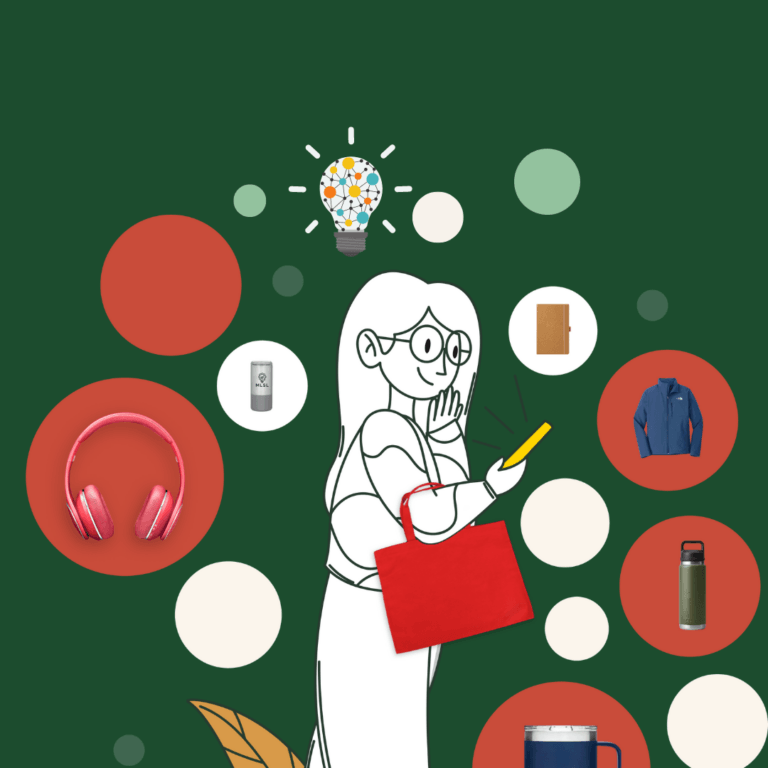
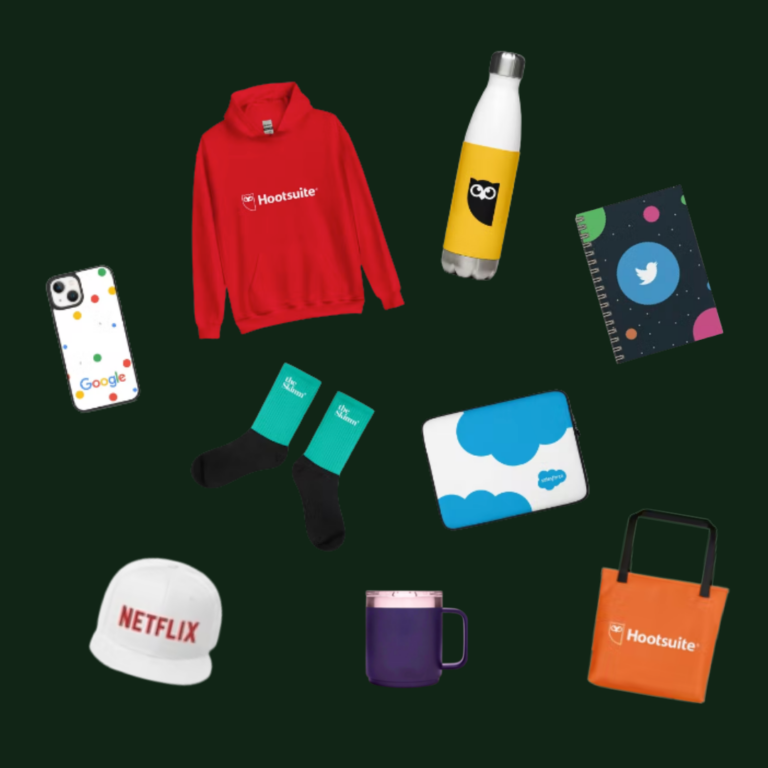
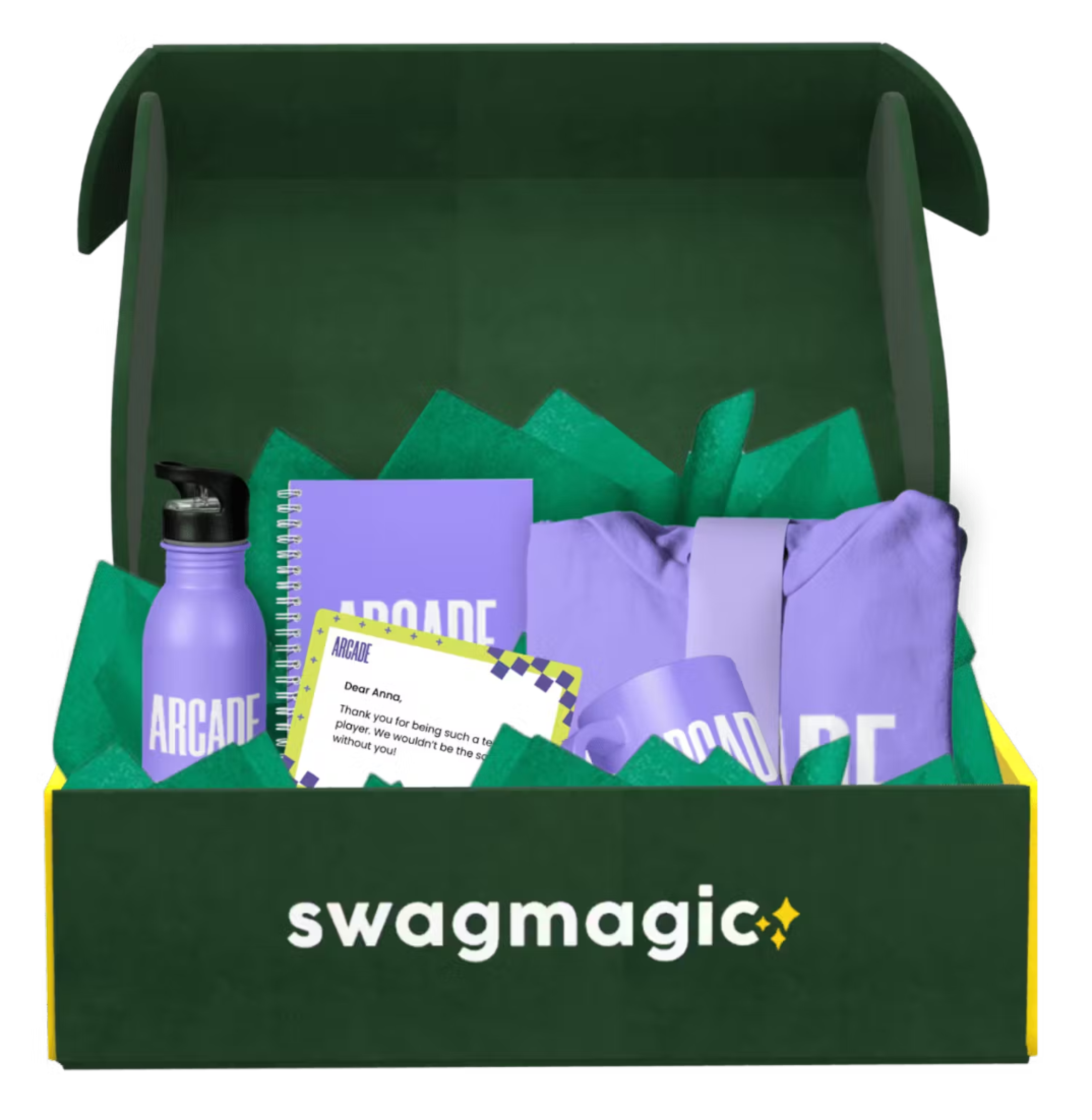
Leave a Comment